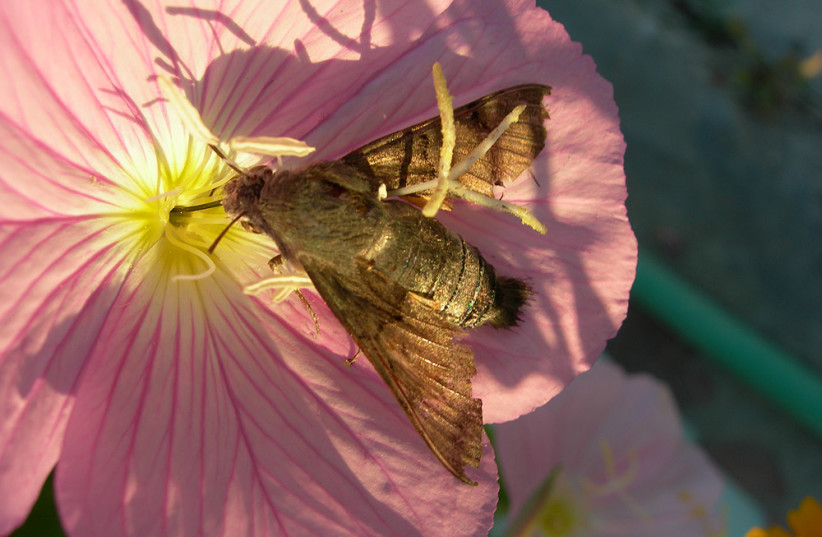Most angiosperms – flowering plants whose seeds are in fruits – rely on certain organisms to pollinate them so that they can reproduce. Consequently, their flowers have evolved in specific ways to entice pollinators or make their role easier.
Floral petals can serve a variety of functions, such as releasing scent attractants, storing nectar, ensuring that pollen becomes attached to pollinators or serving as a landing pad for them.
A new peer-reviewed study, published in the scientific journal Ecology on Thursday, found that the white egret orchid developed its characteristic jagged shape in order to support hawkmoths, which pollinate the flower.
Hawkmoths and orchids
Researchers found that the orchids produced fewer healthy seeds when their fringes were removed.
Furthermore, they found that hawkmoths were often unable to balance themselves on the flowers without the fringes, which they typically use as a supporting platform while they drink the plant's nectar.
In order to determine how the fringe affects the orchid's reproduction, the researchers removed it.
Although hawkmoths are nocturnal, they use their vision to detect flowers, so large ones with a fringe are attractive to them. Scientists believe that certain flowers developed the fringe in order to attract the moths, as fringed flowers are capable of conserving more resources than fringeless ones.

The findings suggest that the fringe on the white egret orchid evolved to support hawkmoths and is not simply a visual aid for the insects, as previously believed.
